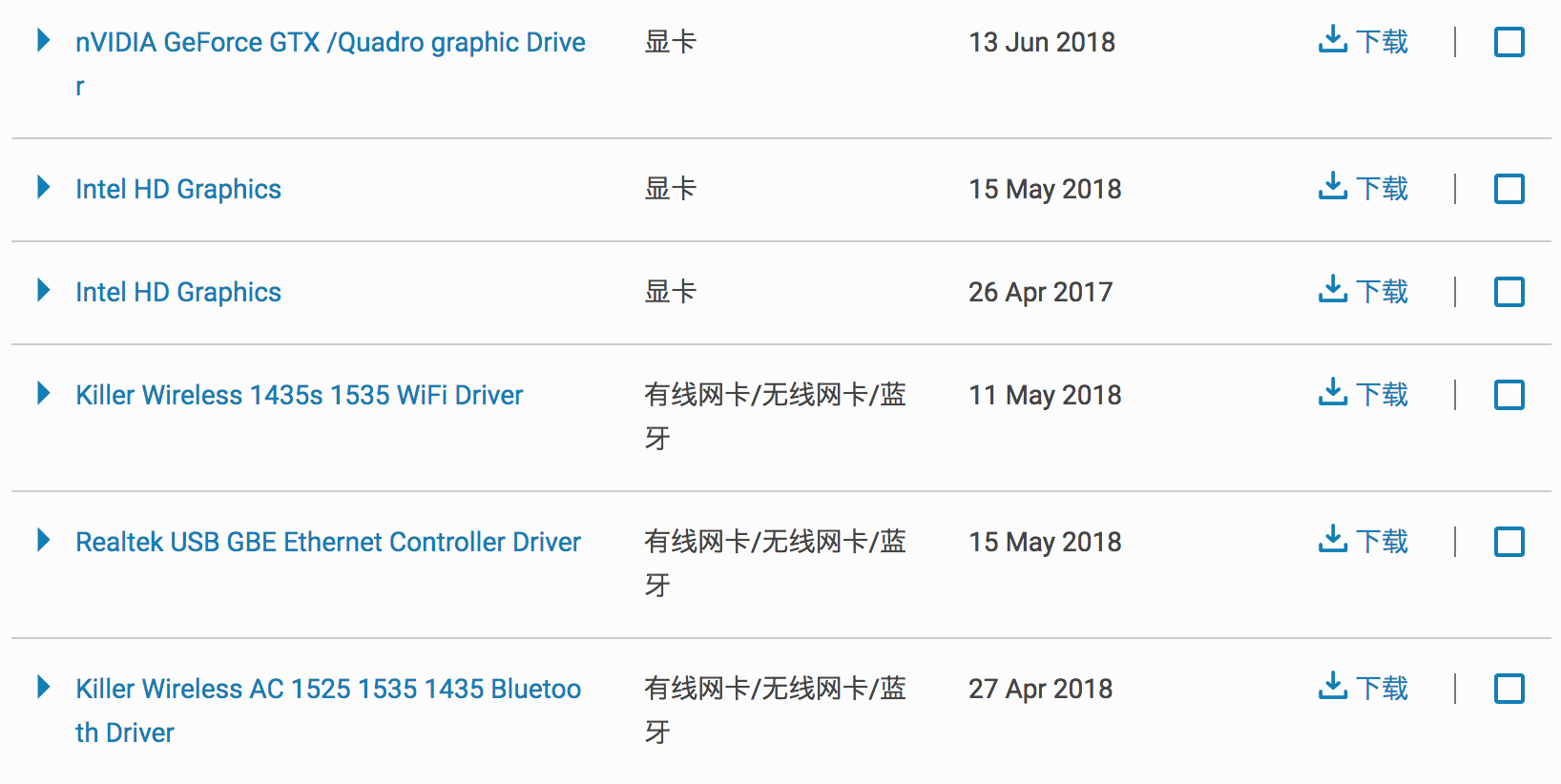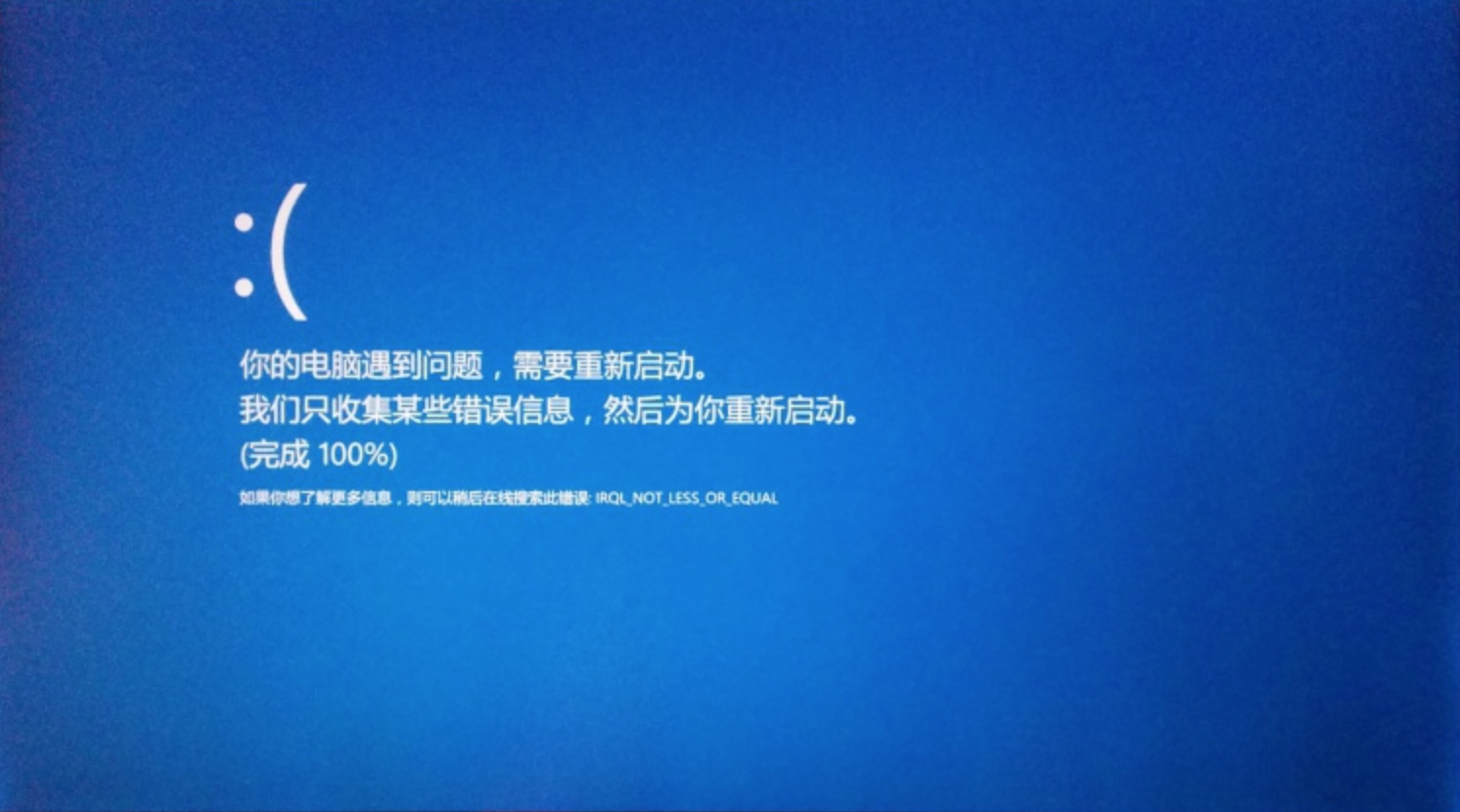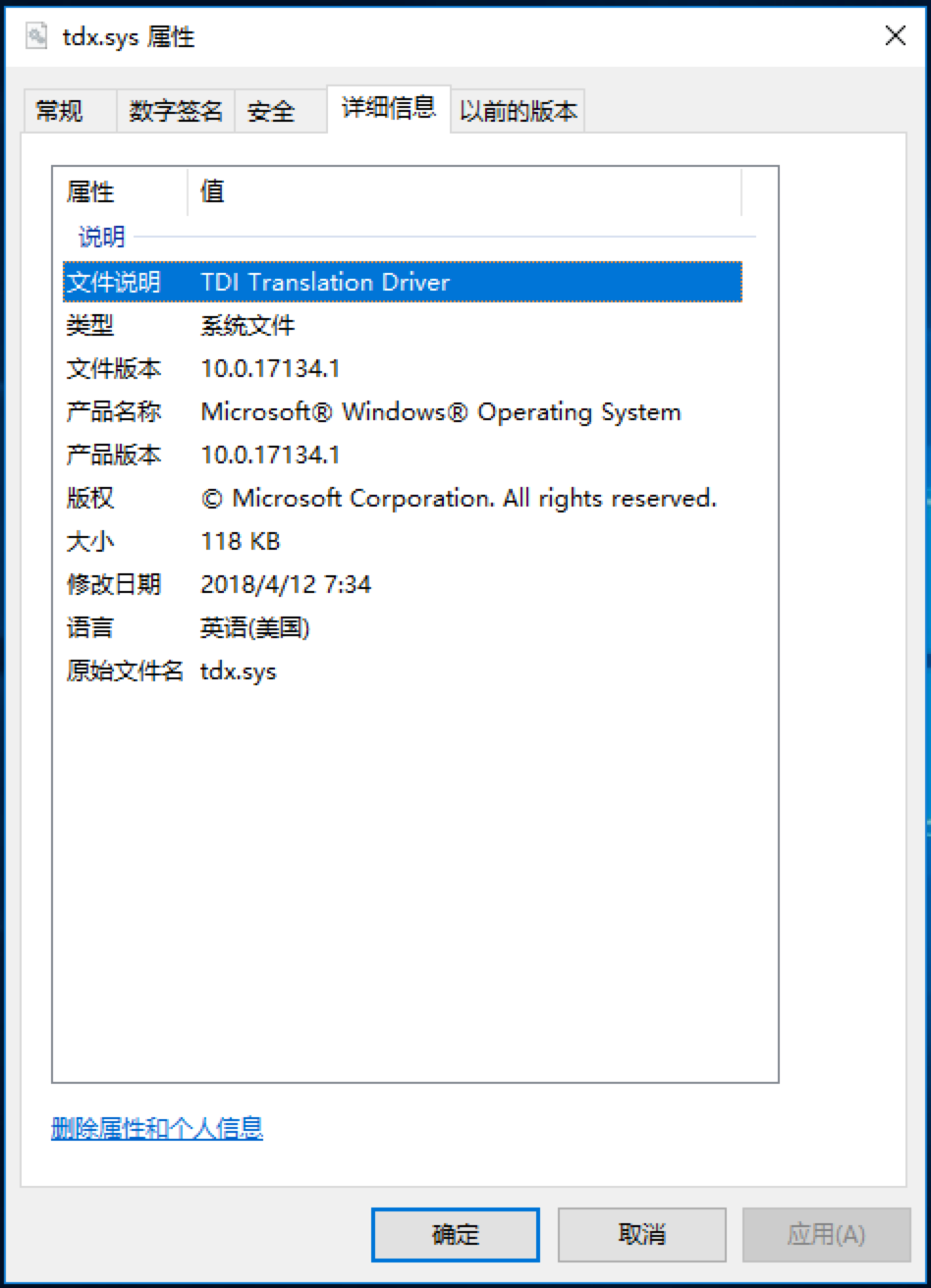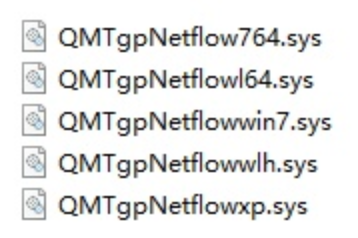Incubation Period
At the end of April last year, I bought a US version of the XPS 15 9560. After using it for a few months, it occasionally started to blue screen. I had seen many complaints about XPS quality control on forums before, so I thought I was just unlucky. Fortunately, the blue screens were infrequent and didn’t affect usage, so I didn’t pay much attention.
Escalation Period
This May, after upgrading to Win10 1803 (I usually upgrade software immediately to experience the latest improvements), the blue screens became more frequent and started affecting usage. So, I began investigating the problem.
In my haste, I didn’t check the dump files but directly Googled the XPS 15 blue screen issue, hoping to find a quick solution. I quickly found that many people had similar issues, with many attributing it to poor XPS 15 quality control. After reading a lot, I suspected the drivers (Dell has a Dell Update software that prompts me to update drivers). I started with the most frequently updated graphics driver, downgrading it to the previous version, but it didn’t help. Then I downgraded the WiFi driver, as it was also recently updated, and the XPS 15’s Killer card seemed to have compatibility issues.

After downgrading the drivers, the computer had a brief period of stability, with no blue screens for a few hours. However, more unfortunate problems were about to occur.
Outbreak Period
While using QQ to receive a large file, about 1GB, the computer blue screened halfway through. After restarting, I tried again, hoping to finish the transfer before addressing the blue screen issue. Unfortunately, it blue screened halfway again. I then suspected the hard drive and downgraded the Intel RST driver, thinking if downgrading didn’t help, the SSD might be failing. After downgrading, I tried again with trepidation, and… it blue screened again…
This time, I suspected QQ or WiFi, as the issue occurred when using QQ to receive large files. I uninstalled QQ and used Thunder to download a large file, and sure enough, it crashed again…

Having already downgraded the WiFi driver and not previously encountering issues, could it really be a hardware problem? At this point, I was considering giving up on the PC and checking MBP prices on JD.com…
However, the high price of the MBP brought me back to my senses. I decided to give it one last try and continue troubleshooting.
Since my suspicions were incorrect, I turned to science, installing WinDbg and BlueScreenView to analyze the dump files (details omitted, refer to related resources at the end).

BlueScreenView didn’t reveal much, leaving WinDbg as my last hope.

Fortunately, WinDbg was very helpful. Analyzing several dump files from different times, it suggested the issue might be caused by the tdx.sys file.

tdx stands for TDI Translation Driver, with TDI meaning Transport Driver Interface, confirming the issue was network-related. This matched the pattern of blue screens occurring during large network file transfers. Then, I saw another message:
WARNING: Unable to verify timestamp for QMTgpNetFlow764.sys
What is this QMTgpNetFlow764.sys? It seemed like a third-party file from the prefix, so I Googled it.
The Truth Unveiled
Googling QMTgpNetFlow764.sys finally cleared things up.

According to online analyses (see related resources at the end), these five files came from Tencent’s gaming platform WeGame. I uninstalled Tencent’s games and rebooted to delete the five QMT-prefixed files in the C:\Windows\system32\drivers directory. Since then (about half a month), I haven’t experienced any blue screens, proving that Tencent’s WeGame platform was the main cause of the blue screens.

Related Resources
BlueScreenView download: https://www.nirsoft.net/utils/blue_screen_view.html
WinDbg download: https://docs.microsoft.com/en-us/windows-hardware/drivers/debugger/debugger-download-tools
WinDbg usage guide: https://jingyan.baidu.com/article/9f7e7ec0b0aea36f281554df.html
Zhihu user Weasley Frank’s article TGP/WeGame Driver Causes WSL Network Service Issues provides a simple analysis of this issue.